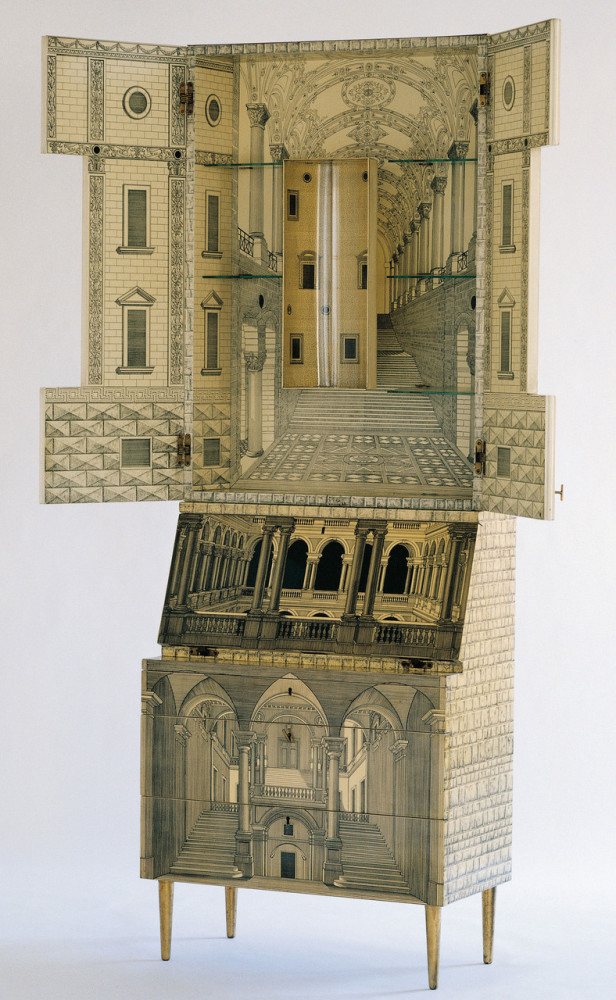When you want a little more magic in your life, you don't have to go to a magician. It's better to turn to designers! With the help of tricks and deceptions, they will create a real circus in your home
Why do we need decoys?
Translated from French: tromple-l’oeilmeans "optical deception". Optical illusions in the interior feel great for several centuries. Once it was fashionable to depict landscapes with cypresses, castles and shepherdesses in a meadow on the walls, now industrial landscapes are increasingly preferred. Why do we need trompe l'oeil? They pursue two goals: either to depict something that is not there, or to correct the shortcomings. For this, both special painting techniques and tricks with mirrors are used. Let's talk about the former. Each era provides its own technologies for trompe l'oeil. Nowadays, a hard-looking bench can turn out to be a soft sofa, and a tablecloth carelessly thrown on the table can be a clever imitation of ceramic tiles. Modern production technologies give designers almost endless scope for creating various illusions. The most common examples of trompe l'oeil can be found in abundance in photo wallpaper stores. Here, even city views are photographed in such a way that when you glue the wallpaper to the wall, it seems as if you have a window to Paris instead of a wall. And waterfalls and birch trees are also sometimes photographed very realistically and in the right angle for the visual illusion.
Piero Fornasetti
Describing the techniques and technologies for creating decoys,It is impossible not to mention the greatest and most famous illusionist of the 20th century in this field – Piero Fornasetti, who created so many architectural, pictorial and object works in his unique furniture-architectural-trompe l'oeil style that they will inspire for several more centuries, if not millennia. The photo below shows some of his most famous works in original and non-original execution. Yes, many things are now being produced according to Piero Fornasetti's design or based on his design. And they cost fabulous money. But the originals are generally priceless.



Transformation of space
Optical illusions can be used to correctgeometry of space, expand it, place accents. The most popular way to expand space is familiar to us from the USSR period - to stick photo wallpaper with views of birch trees on the wall. And the most popular technique today is imitation of a window: not everyone has windows at their workplaces, and the eyes need to rest on something, perspective and a change of sensations are required. Deceptions also help to visually raise ceilings - remember at least the popular several years ago stretch ceilings "starry sky": laugh or laugh, but they did their job with a bang. In total, you can list several of the most used deceptions in the interior: painting, ready-made frescoes, photo wallpaper, nyleki stickers. Each of these decorative techniques has its pros, cons and its own price. If there is desire and money, there will always be tricks. marinni.livejournal.com, lamaisonchampselysees.com
marinni.livejournal.com, lamaisonchampselysees.com


